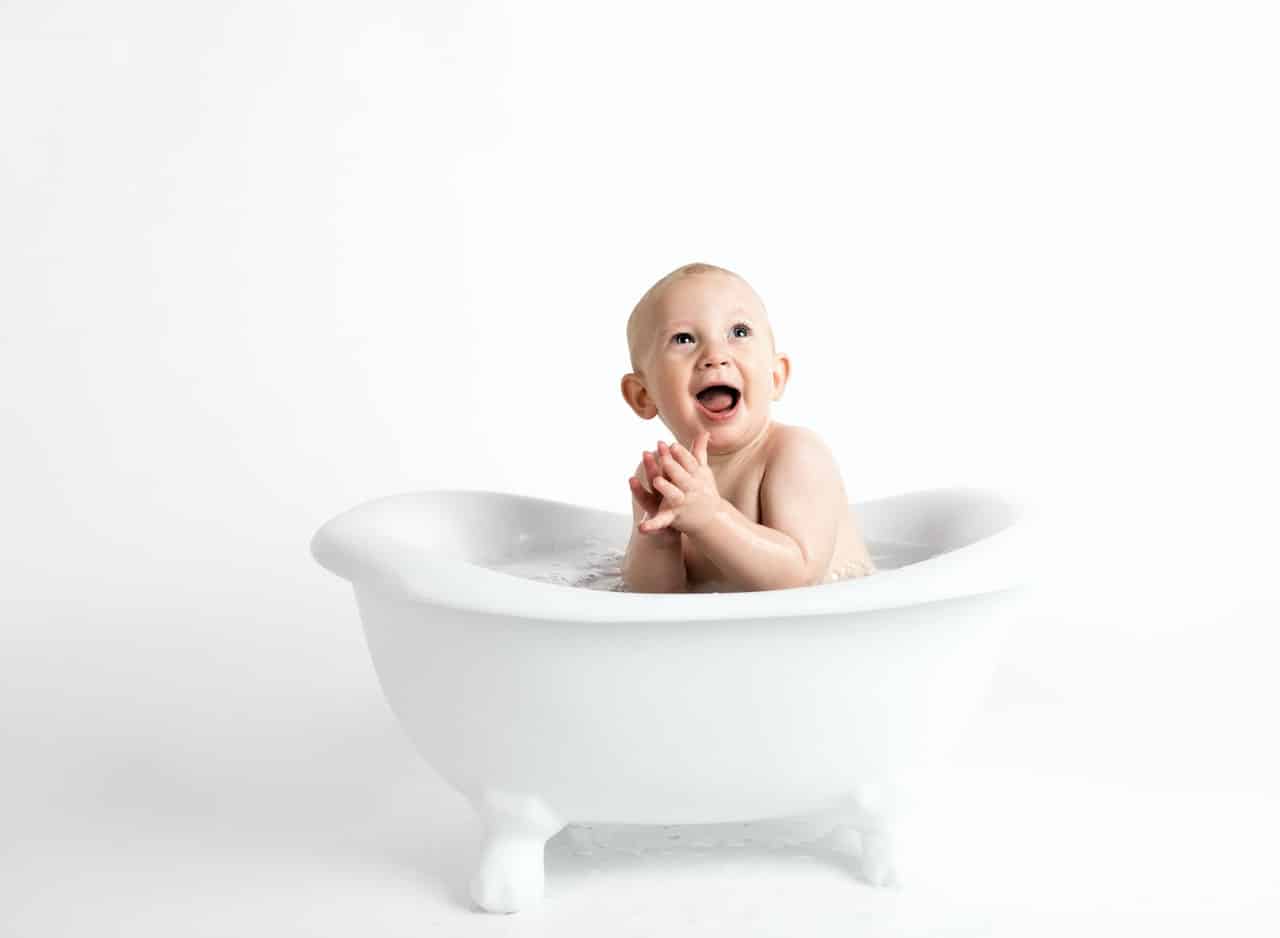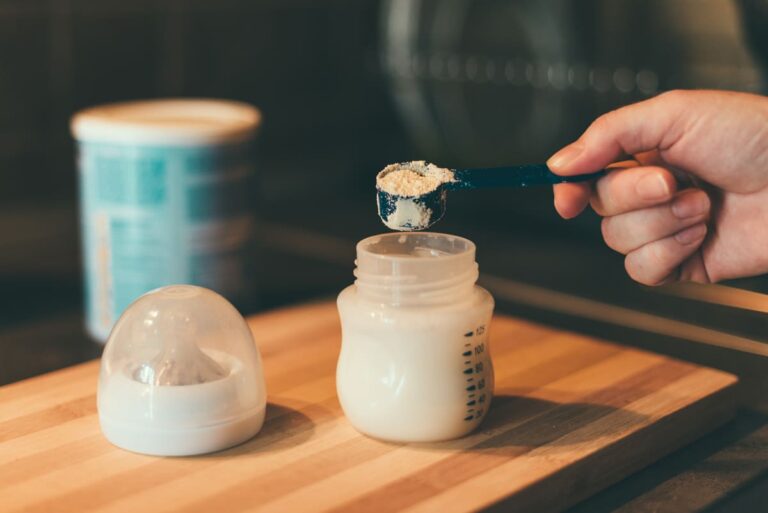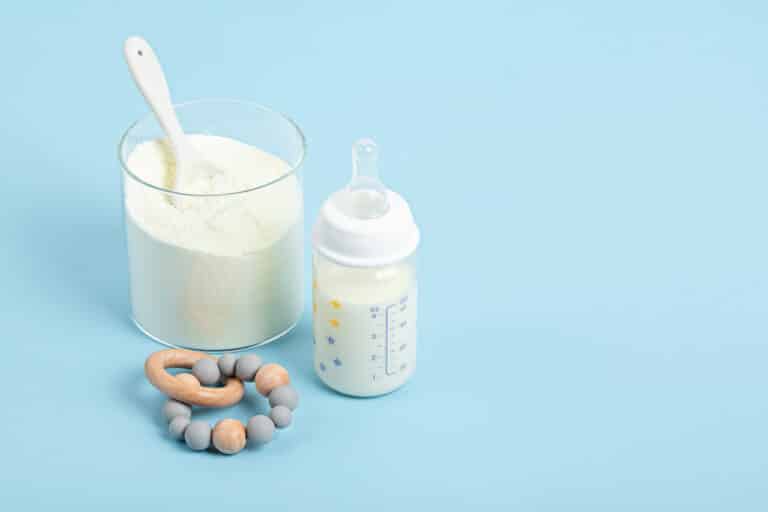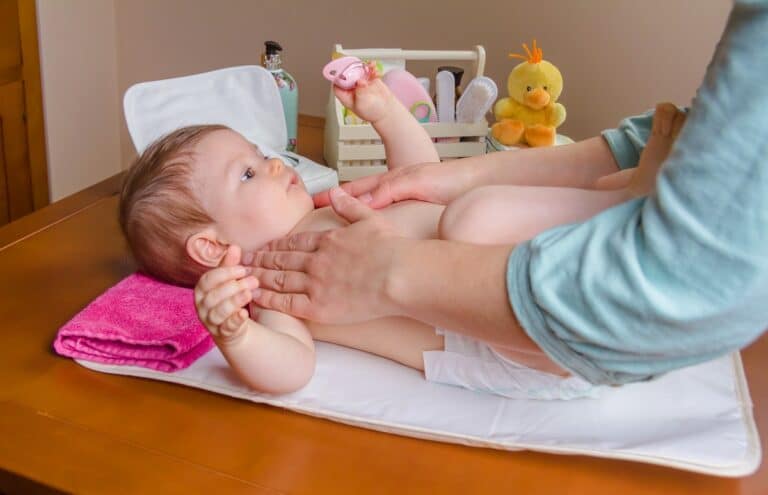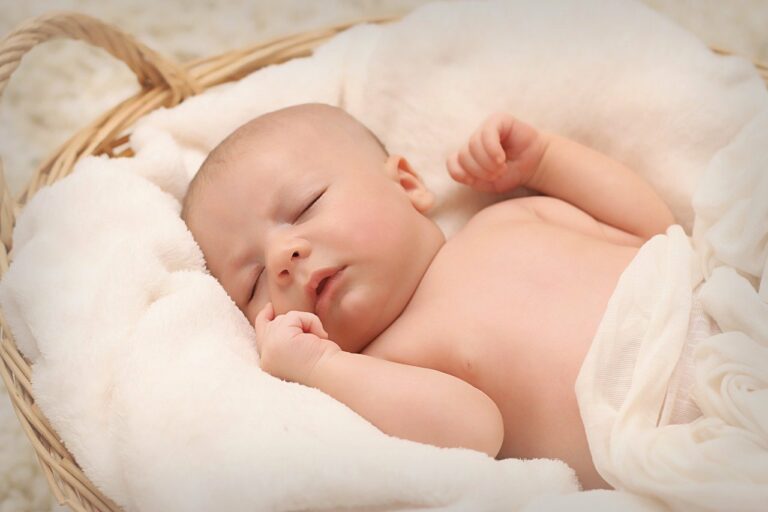For parents, one of the most common challenges is how to clean their baby’s hair without getting water in their eyes. This can be tricky, but with a few tips, it can be easily done. For washing a baby’s scalp and hair, the best way is to use a shampoo that is specifically designed for infants. These products are tearless shampoos and won’t irritate the baby’s eyes if there is some residue left on the hair. It should also be free from dyes or fragrances which can irritate your little one’s scalp and eyes.
It is best to avoid any soap-based shampoo, even if it is mild since soaps can leave a residue in the baby’s hair. Also, it is not good to use water at very hot or cold temperatures since this can also cause discomfort for your baby. And if you wondering that how you can wash baby’s hair without getting water in their eyes. So, in this post, we will go over the steps to washing your baby’s hair with out getting water in their eyes.
In This Article
How to wash baby’s hair without wetting their eyes?
There are many ways to wash a baby’s hair without getting water in their eyes. But before sharing that we want to tell you that the best time to wash a baby’s hair is before taking their nap or before they go to bed. Water accumulates in the eyes of babies during sleep and most parents end up washing it with water which leads to eye irritation and infection.
Sometimes wetting eyes is unavoidable while washing hair. In that case, use a dry cotton cloth to wipe the eyes gently after washing the hair. You should also use baby oil before the hair wash and make sure it is absorbed completely and properly.
Before washing the hair, brush them nicely. Shedding of hair can cause infection in the eyes of babies and lead to irritation. Brush your baby’s hair before washing them with a soft bristle brush to avoid any such trouble. Do not use tissue paper or anything that will cause further irritation. Now let’s move on to the ways to wash a baby’s hair without wetting their eyes:
By using sponge method
There are different ways to wash a baby’s hair without getting water in their eyes. One way is to use the sponge method. Wet a soft sponge and wring it out well. Gently rub the sponge over the baby’s hair, starting at the scalp and moving down to the tips of their hair. Be sure to avoid their eyes. It’s also a good idea to have your baby wear a hat during this time.
How to do it?
Step:1: Take a soft sponge and soak it in water.
Step:2:Squeeze the sponge so that it’s not too wet.
Step:3:Gently rub the sponge over the baby’s hair, starting from the scalp and moving down to the tips of their hair.
Step:4:Be is careful not to get the water into their eyes.
Step:5: It’s also a good idea to have your baby wear a hat during this time.
By using baby shower caps
To wash newborn hair you can also use a baby shower cap to keep water out of their eyes. Shower caps are designed to create a tight seal around the face, so this is especially helpful if your baby tends to kick and move around during bath time.
How to do it?
Step:1: Wrap their head with the shower cap. Make sure that all their hair is covered, and the shower cap seal is tight.
Step:2: Wet their hair with sponges or a wet washcloth by starting at the scalp and moving down to the tips of their hair. Be sure that you keep water out of their eyes.
Step:3: Once you’ve finished washing their hair, take another soft sponge and gently pat dry. And if it is possible you should use a dry towel after that.
Step: 4: Leave the shower cap on for a few minutes so their hair can dry.
Wet their hair with a water bottle
One way to avoid getting water in your baby’s eyes when washing their hair is to use a water bottle. Squirt the water onto their hair from a distance, and then use your hands or a washcloth to massage the suds into their scalp. Be sure to avoid getting any suds near their eyes. Although this method may take a little longer than just wetting and lathering and rinsing, it’s likely to be much less stressful for you and your baby.
How to do it?
Step: 1: Fill a water bottle with warm water.
Step: 2: Hold your baby’s head so their hair is facing down.
Step: 3: Point the water bottle at your baby’s hair and spray.
Step: 4: Gently massage their scalp with your fingers to help the water penetrate their hair.
Step: 5: Have your baby turn their head so water doesn’t go into their eyes.
Step: 6: Massage the scalp again to remove any soap.
Use a washcloth
If you don’t have a water bottle, you can use a washcloth to wet your baby’s hair. Wet the cloth and rub it over their head until their hair is wet. For newborn babies washing hair can be difficult because their hair is very delicate. For them, you should use baby body wash on their body instead of shampoo. Because baby shampoo is designed to be gentle on the scalp, it’s too harsh for a baby’s delicate skin.
How to do it?
Step: 1: Do not wet your baby’s eyes and wet their hair but do not let the water run onto the face.
Step: 2: Pour plenty of shampoo into your hand or at least enough to make a lather when it hits their head.
Step: 3: Use one hand to hold the baby against you for support, with their heads resting on your shoulder.
Step: 4: With the other hand, start from their neck and work up towards their scalp to gently massage the shampoo into their hair. Always use a mild baby or toddler shampoo free of tears or dyes, as these can sting delicate eyes if they drip down onto them. Be sure to avoid getting any in your baby’s eyes.
Step: 5: Rinse the shampoo out by gently pouring water over their head, starting at the forehead and letting it run down to their neck. You can cup your hand to help direct the flow of water.
Step: 6: Gently pat (not rub) their head dry with a towel, taking care not to rub shampoo into their eyes.
Step: 7: Finish by applying a good-quality baby lotion to their head, massaging it in gently.
Use a spray bottle
Another way to get your wash baby’s hair without getting water in their eyes is by using a spray bottle. Just fill the bottle with water and spritz it over their head until their hair is wet. If you don’t have a spray bottle, you can also use a cup to pour water over your baby’s head. Pour the water slowly so it doesn’t fall all over them at once. You may need to change to a new cup or fill the spray bottle multiple times for this method.
How to do it?
Step: 1: Seat your baby in a high chair or on the counter. If you are at home you can even put them on a towel in your lap.
Step: 2: Fill a spray bottle with warm water and then aim it at their head, moving it around to wet all of their hair. You might even want to give their scalp a little massage while you’re at it.
Step: 3: Let them sit for a minute or two to let the water soak in.
Step: 4: Apply your shampoo to their hair and scalp, using your fingers to massage it in.
Step: 5: Rinse their hair thoroughly with warm water, making sure to get all of the shampoos out.
Step: 6: Gently pat their hair dry with a towel.
The conclusion
However, the best way to avoid getting water in your baby’s eyes is by using a bowl or sink with running water, rather than wetting their hair directly. Fill the container with lukewarm tap water and test it on your hand before dipping your fingers into the water for less risk of burning them. Next, take sections of hair at a time and dunk strands inside of the vessel until they are completely coated with enough suds from shampoo that will create bubbles when you rub them together between both hands. Finally, gently squeeze out all excess moisture while combing through each section with one hand. This should lead to clean locks without any soap residue left behind. If you left any query regarding the above context then feel free to share with us through a comment below.

